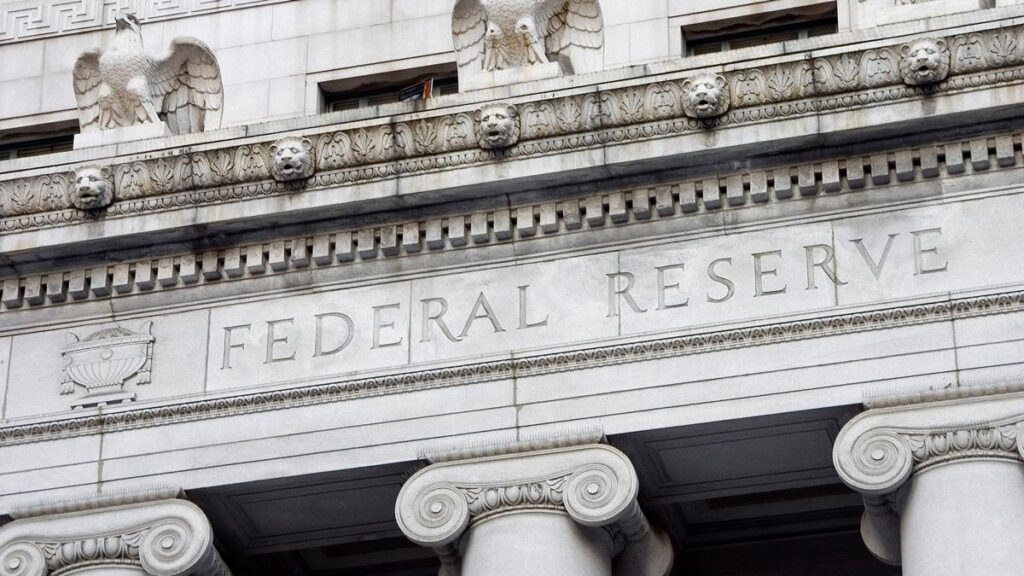In a recent address, Federal Reserve Bank of Dallas President Lorie Logan highlighted the enduring resilience of the U.S. economy amid ongoing uncertainties and inflationary pressures. Speaking to a gathering of financial experts and market analysts, Logan underscored the strength of economic fundamentals, reinforcing the central bank’s commitment to its monetary policy objectives. Her remarks come as policymakers navigate a complex landscape marked by evolving economic indicators and global challenges. Analysts at FXStreet explore the implications of Logan’s statements for the broader economic outlook and the potential impact on monetary policy decisions in the months ahead.
US Economic Resilience Amidst Challenges: Insights from Feds Logan
The recent insights from Federal Reserve Bank of Dallas President Lorie Logan highlight the underlying strength of the U.S. economy, even amid persistent challenges. Logan pointed to several factors contributing to the resilience, including robust consumer spending and stable employment rates. These elements signify a demand-driven economy that continues to adapt, showcasing its ability to withstand various external pressures. Key indicators supported her assessment, reflecting a blend of enduring consumer confidence and strategic fiscal policies that have fostered stability.
Logan emphasized that while inflation remains a central concern, the measures taken by the Federal Reserve aim to strike a balance between curbing price rises and supporting ongoing economic growth. To illustrate this point, a recent analysis has identified several crucial aspects of the economy’s current state:
| Aspect | Status |
|---|---|
| Consumer Spending | Strong |
| Employment Growth | Stable |
| Inflation Rate | Ongoing Challenge |
| Federal Policy Stance | Supportive |
Logan’s comments reflect a cautiously optimistic outlook on the U.S. economy, emphasizing the importance of continued vigilance and adaptive measures to navigate the challenges ahead. The Fed’s approach, aimed at managing inflation while promoting growth, is pivotal in ensuring that this resilience translates into long-term economic sustainability.
Inflation and Growth Outlook: Strategic Considerations for Investors
The latest insights from the Federal Reserve signal a resilient US economy, offering glimmers of hope amid concerns about inflation. Investors should analyze the ongoing interplay between inflation rates and growth metrics, as these elements are critical in shaping future market dynamics. Key considerations include:
- Interest Rates: With the Fed likely to adopt a cautious approach to interest rate hikes, the borrowing environment remains favorable for businesses and consumers alike.
- Sector Performance: Sectors such as technology and consumer discretionary might benefit from continued investment, driven by both consumer confidence and innovation.
- Diversification: Investors should consider broadening their portfolios to include inflation-protected assets, such as TIPS or commodities, to hedge against potential inflation spikes.
A close examination of recent economic indicators unveils a nuanced picture. The labor market demonstrates robust growth, with low unemployment rates, while inflation measures reveal some easing but remain above the Fed’s target. To navigate this landscape, strategic asset allocation becomes paramount. Here is a simplified overview of key economic drivers:
| Indicator | Current Status | Implication |
|---|---|---|
| GDP Growth Rate | 2.5% | Potential for continued expansion |
| Inflation Rate | 3.7% | Ongoing pressure on consumer prices |
| Unemployment Rate | 3.8% | Strong job market supporting spending |
As these elements evolve, investors must stay agile and informed, leveraging real-time data to adjust strategies accordingly. Long-term growth may hinge on how effectively portfolios can adapt to shifting economic conditions and unexpected inflationary pressures.
Market Reactions and Future Projections Following Logans Assessment
Following Fed’s Logan’s assessment on the resilience of the US economy, market reactions have been notable, reflecting both optimism and caution among investors. The overall sentiment indicates a renewed confidence in the economic recovery, as evidenced by significant movements in various sectors. Analysts have pointed out several key factors that are influencing market dynamics:
- Strengthening Consumer Demand: Consumer spending continues to show robust growth, which is crucial for sustaining economic momentum.
- Labor Market Improvements: Unemployment rates remain low, with job creation figures exceeding expectations.
- Monetary Policy Outlook: Investors are closely monitoring future moves from the Federal Reserve, particularly regarding interest rate adjustments.
Looking ahead, financial experts project a mixed yet cautiously optimistic outlook for the markets. While some sectors may continue to thrive, potential pitfalls such as inflationary pressures and geopolitical tensions could create obstacles. Here’s a snapshot of anticipated market movements:
| Sector | Projection | Key Drivers |
|---|---|---|
| Technology | Positive Growth | Increased innovation and demand for digital solutions |
| Consumer Discretionary | Stable | Ongoing recovery in consumer spending |
| Energy | Volatile | Fluctuating oil prices and regulatory changes |
Insights and Conclusions
the remarks from Federal Reserve official Logan highlight a steadfast confidence in the resilience of the US economy amid persistent inflationary pressures and global uncertainties. As policymakers continue to navigate the delicate balance between maintaining economic growth and controlling inflation, Logan’s insights reinforce the notion that the foundations of the US economy remain strong. Market participants and analysts will undoubtedly keep a close eye on future developments as the Federal Reserve adapts its approach in response to evolving economic indicators. The outlook remains cautiously optimistic, with attention firmly focused on how these dynamics will shape monetary policy in the months ahead.
